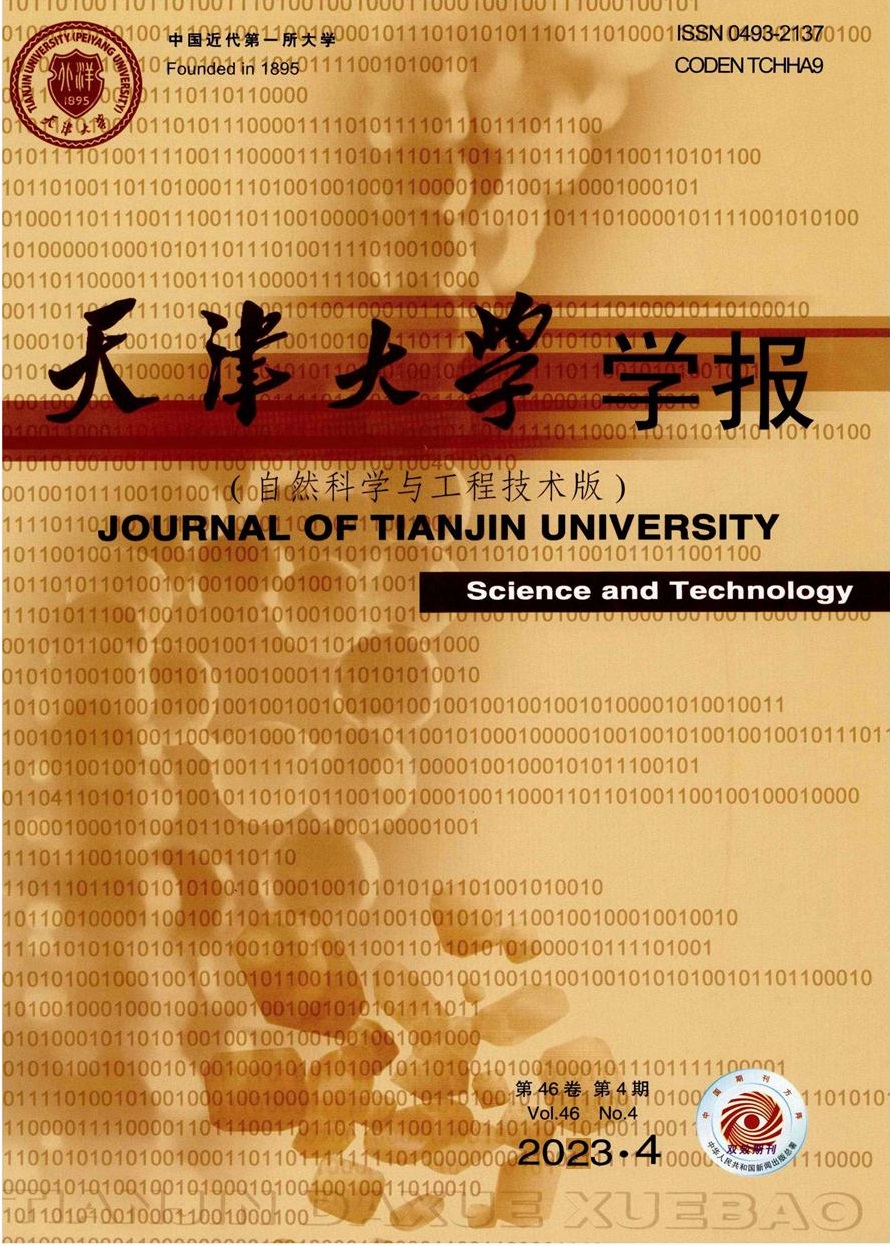利用显微图像检测肝癌疾病
Q3 Multidisciplinary
引用次数: 0
摘要
肝癌的早期检测是非常困难和耗时的。该系统收集患者的显微图像作为输入,并对其进行预处理以提取特征。一旦特征提取阶段完成,就需要对图像进行分类。该系统使用分类器支持向量机(SVM)技术对图像进行分类。所提出的系统中的分类器使用正常的分类方法,即分类器通常有两个阶段,一个是训练,然后是测试。每个分类器都要经历这两个阶段。首先,训练阶段涉及系统学习图像及其各自的类别,这些类别已经从专家建议中已知。这样,就以输入的形式给出了一系列具有实际类别的图像。分类器从中学习,然后在测试阶段给系统一个新的图像进行分类。系统使用它在训练阶段学到的先验知识来预测图像的类别。本文章由计算机程序翻译,如有差异,请以英文原文为准。
DETECTION OF LIVER CANCER DISEASE USING MICROSCOPIC IMAGES
The detection of liver cancer in its early stages is very difficult and more time-consuming. The proposed system collects microscopic images as input from the patients and preprocesses them to extract features. Once the feature extraction stage is completed the classification of the image needs to be done on them. The proposed system uses the classifier support vector machine (SVM) technique to classify the images into their respective classes. The classifier in the proposed system uses the normal approach of classification i.e., a classifier has normally two stages one is training and then testing. Each of these classifiers goes through both stages. Firstly, the training stage involves the system learning about the images and their respective category which is already known from the expert advice. In this way, a series of images are given in the form of input with their actual category. The classifier learns from this and then in the testing phase a new image is given for classification to the system. The system uses the prior knowledge that it has learned during the training phase to predict the category for the image.
求助全文
通过发布文献求助,成功后即可免费获取论文全文。
去求助
来源期刊

天津大学学报(自然科学与工程技术版)
Multidisciplinary-Multidisciplinary
CiteScore
1.30
自引率
0.00%
发文量
7072
期刊介绍:
Journal of Tianjin University (Natural Science and Engineering Technology Edition) was founded in 1955. It is a monthly journal and is included as a source journal by many domestic and foreign databases such as Ei Core Database, CA (Chemical Abstracts), and China Science Citation Database (CSCD). It is a Chinese core journal and a statistical source journal for scientific and technological papers. The journal is a comprehensive academic journal sponsored by Tianjin University. It mainly reports on creative and forward-looking academic research results in the fields of natural science and engineering technology. The reporting directions include mechanical engineering, precision instruments and optoelectronic engineering, electrical and automation engineering, electronic information engineering, chemical engineering, construction engineering, materials science and engineering, environmental science and engineering, computer engineering and other disciplines. The journal implements "two-way anonymous review", with an average acceptance period of 3 months and a publication period of 10 to 12 months.
 求助内容:
求助内容: 应助结果提醒方式:
应助结果提醒方式:


